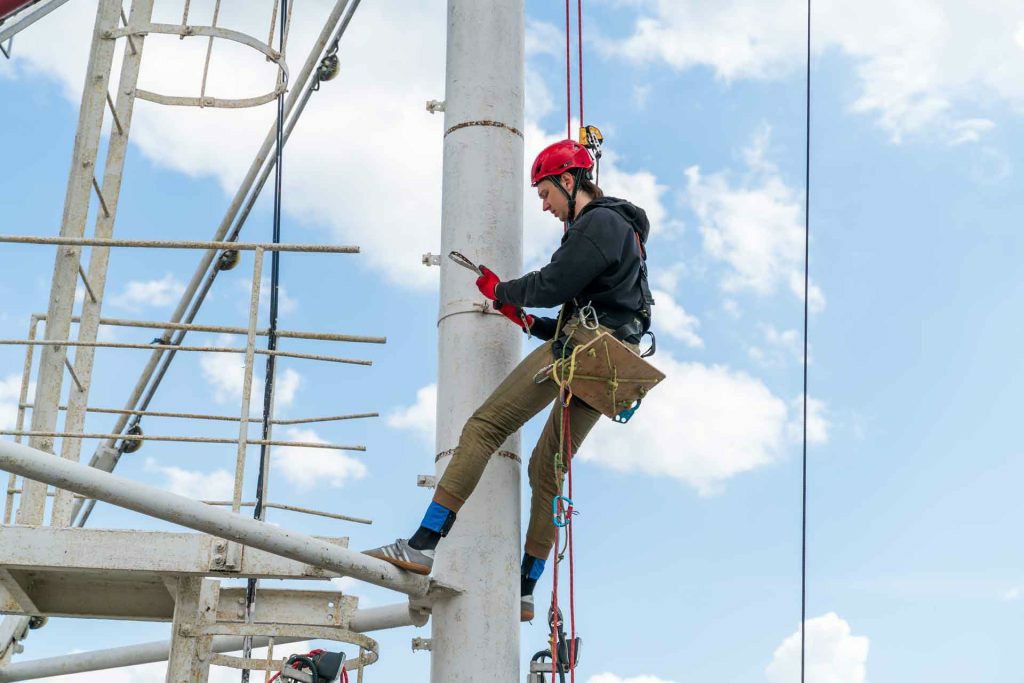


 349,500 Offered Certificates
349,500 Offered Certificates
 24/7 Online Training
24/7 Online Training
 Money Back Guarantee
Money Back Guarantee
 Fully Accredited Courses
Fully Accredited Courses

Created at: 22-02-2025 18:41
Working at heights presents significant risks that, if not managed properly, can lead to serious accidents and injuries. The consequences of mistakes made in this high-stakes environment can range from minor injuries to fatal accidents. In this post, we’ll explore the most frequent errors workers make when working at heights and how comprehensive training can mitigate these issues.
Working at heights refers to tasks carried out at elevated levels, such as roofs, ladders, scaffolding, and even aerial work platforms. The potential for falls is immense, with reports indicating that a significant percentage of workplace fatalities arise from accidents related to working at heights. Common mistakes include:
Let’s delve deeper into the most common mistakes that lead to unsafe situations:
Many accidents occur due to the misuse or selection of inappropriate equipment. This can include:
Before commencing work at height, a thorough risk assessment is essential. Common oversights include:
Safety procedures are established for a reason, yet they are often disregarded. Common failures include:
Effective training is key in reducing the risks associated with working at heights. Here’s how structured programs can help:
Working at Heights training educates workers on the risks associated with their tasks. This includes understanding equipment and weather conditions that can impact safety. By promoting awareness, workers are better equipped to identify and react to potential hazards.
Training ensures workers know how to properly fit and use safety gear. For instance, Working at Heights Certification courses provide hands-on experience with harnesses and ladders, teaching workers how to secure themselves effectively.
Structured courses often incorporate risk assessment modules, training workers to comprehensively evaluate work environments. This preparation can significantly reduce the likelihood of overlooking hazards.
Certification programs instill the importance of following safety protocols. Workers learn the consequences of neglecting these procedures, fostering a culture of safety within teams.
Evidence from various sectors illustrates that effective Working at Heights training significantly decreases workplace incidents. For example:
Injury prevention begins with understanding the common mistakes made when working at heights. Through proper training, workers can learn to avoid these pitfalls, ensuring a safer work environment for themselves and others. Employers and employees alike should prioritize Working at Heights Certification Ireland to foster a culture of safety and compliance.
If you're interested in enhancing your team's safety practices or want to enroll in a Working at Heights Course Online, contact us at [email protected] or visit our website for more details.